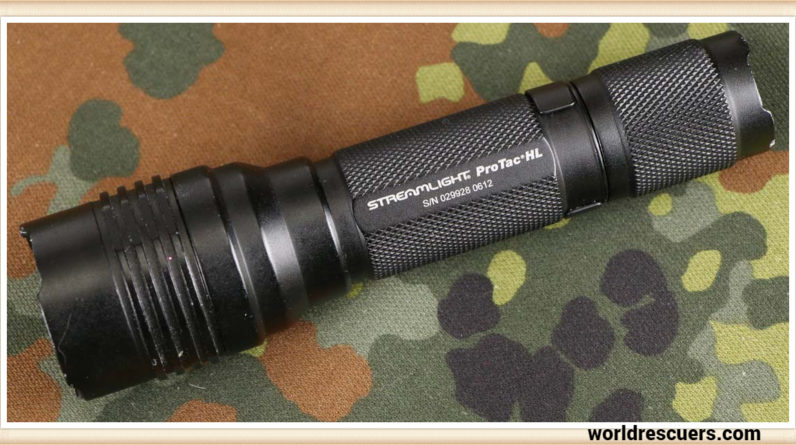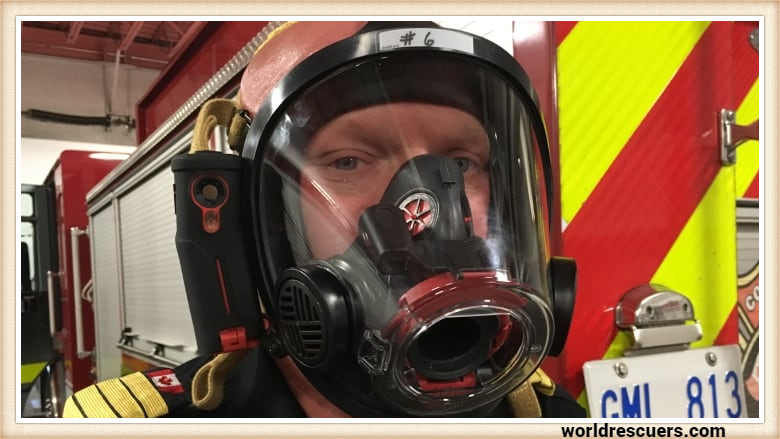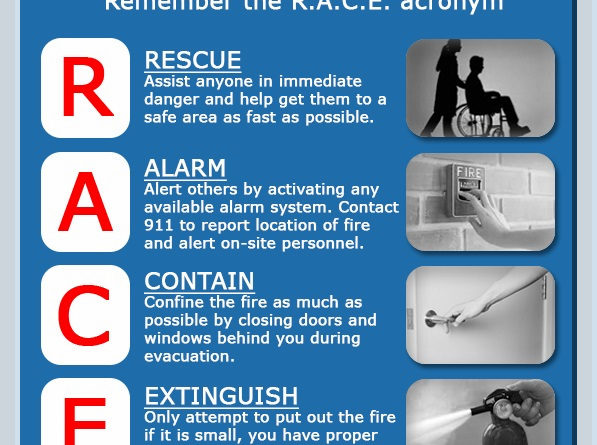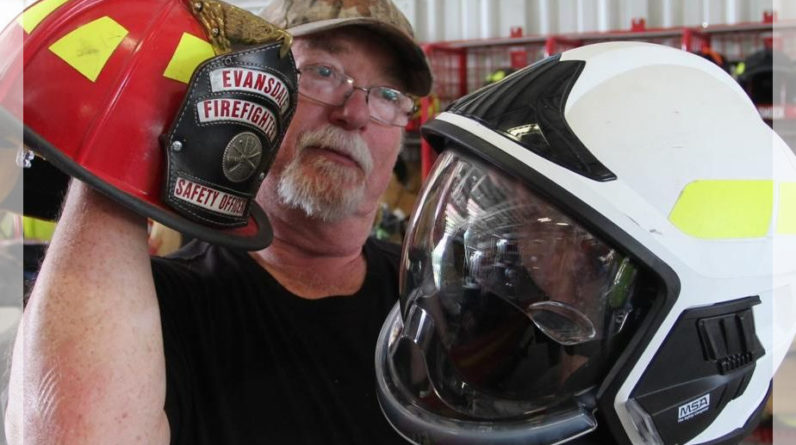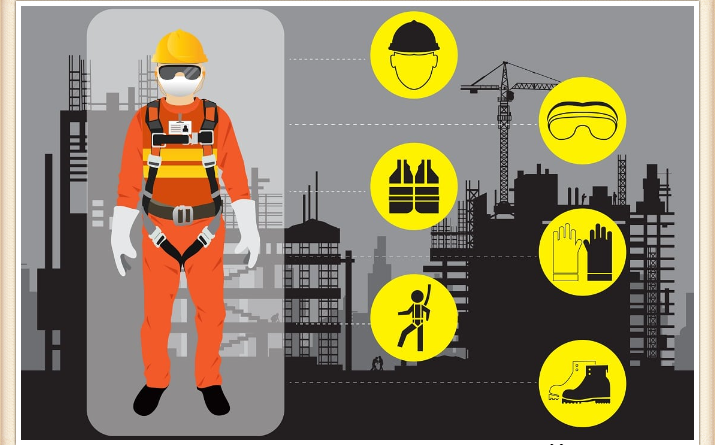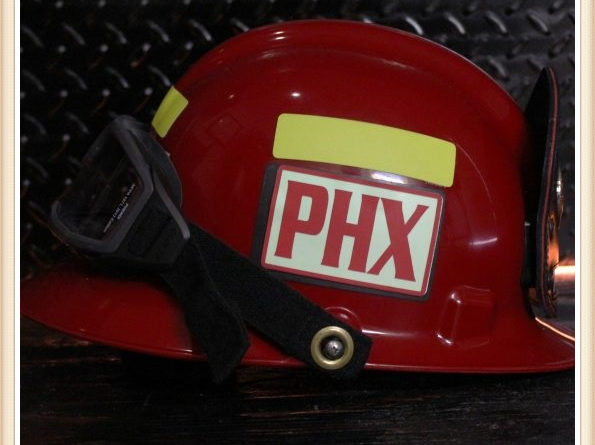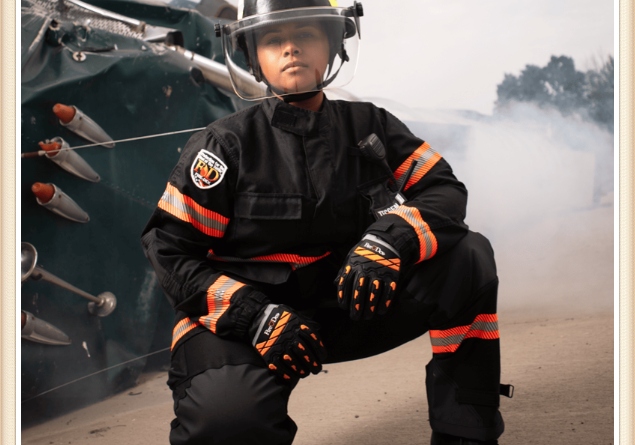
Conclusion
The evolution of firefighter suits from basic protective clothing to advanced, multi-layered ensembles is a testament to the commitment of the firefighting community to their own safety and to saving lives. These suits have undoubtedly saved countless lives and will continue to do so as technology and design innovations progress.
In the face of danger, firefighters don their suits with unwavering courage, knowing that they are equipped with the best possible protection—a firefighter suit that stands as a symbol of hope, bravery, and resilience.
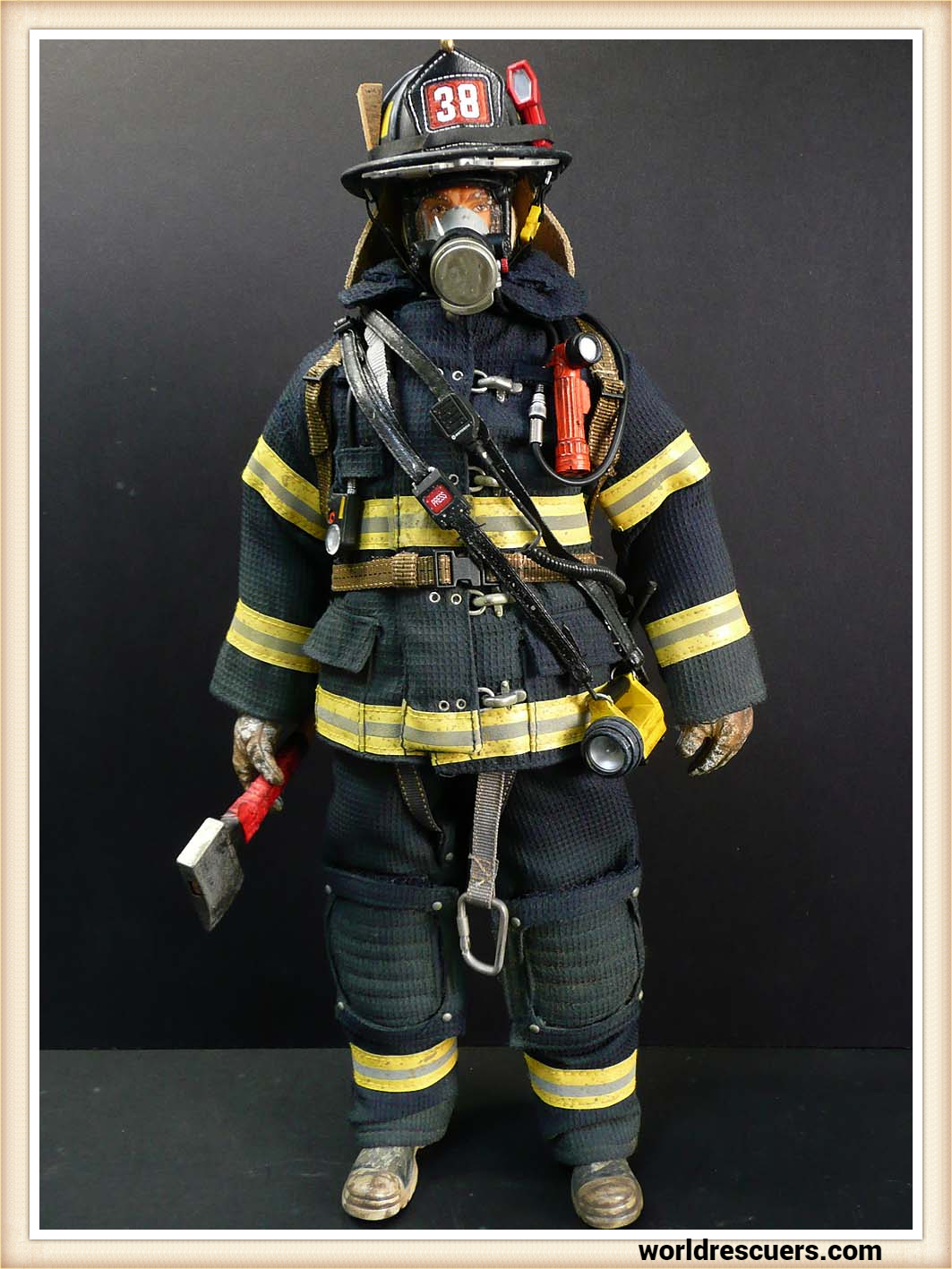
When it comes to facing the blazing infernos and unpredictable dangers of firefighting, a firefighter’s most crucial companion is undoubtedly their protective gear—the firefighter suit. This remarkable ensemble of specialized clothing has seen significant advancements over the years, transforming into a lifesaving armor that allows these brave heroes to battle the flames with confidence and resilience.
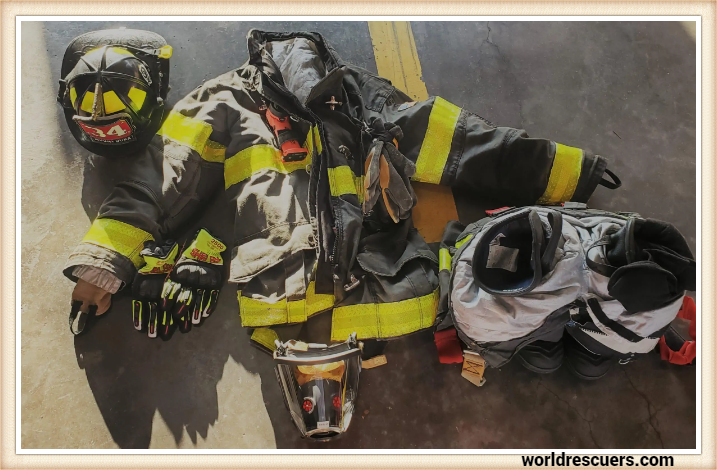
The Evolution of Firefighter Suits
Early Days of Firefighting:
In the early days of firefighting, there was little more than heavy wool coats, rubber boots, and makeshift helmets. These rudimentary suits offered minimal protection against the intense heat and toxic smoke encountered in firefighting scenarios.
The Turnout Gear Revolution:
The breakthrough for firefighter suits came in the form of turnout gear, introduced in the mid-20th century. These suits were made from advanced materials such as Nomex and Kevlar, offering superior flame resistance and durability. The incorporation of moisture barriers and thermal liners enhanced protection from extreme temperatures and water.
Modern Protective Layers:
Today’s firefighter suits are a marvel of engineering. They consist of multiple layers, each with a specific purpose. The outer shell is typically made of flame-resistant materials, while moisture barriers keep water out. The thermal liner offers insulation against high temperatures, and the innermost layer wicks away sweat, keeping firefighters cool.
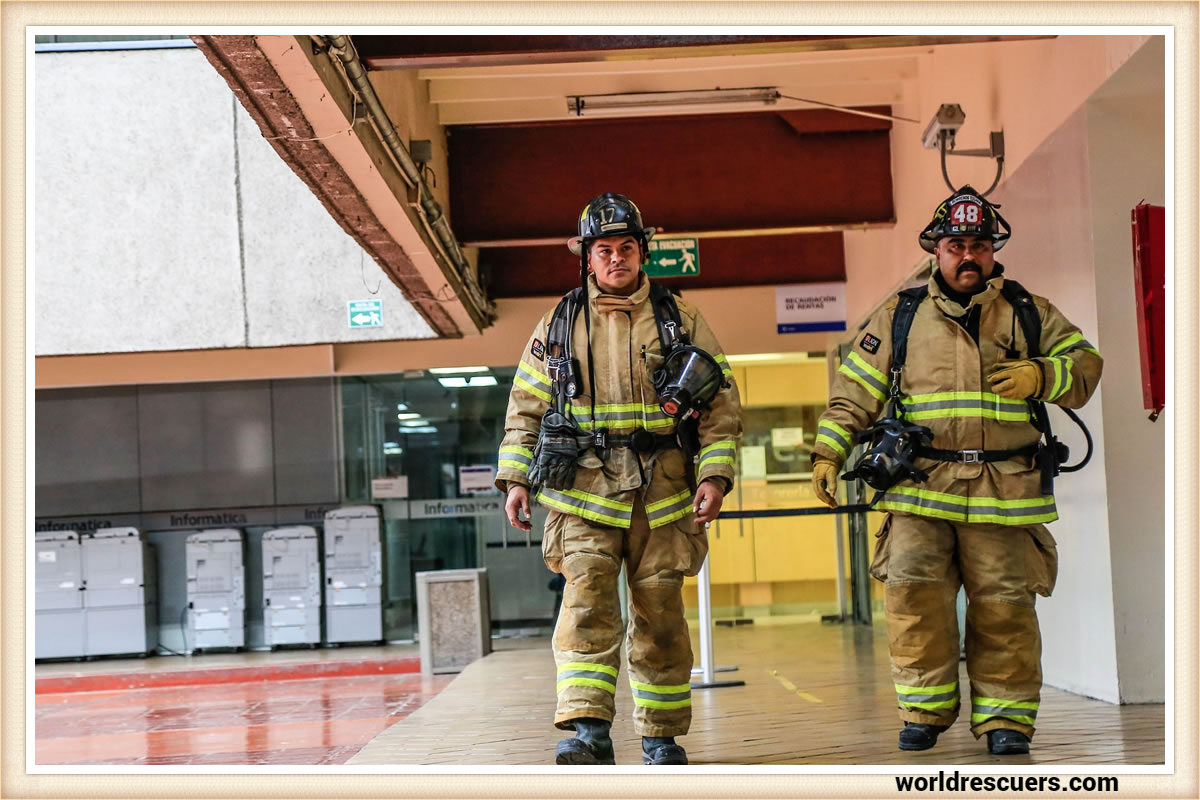
Key Features of Modern Firefighter Suits
- Flame Resistance: Modern suits are designed to withstand extreme heat and flames, providing crucial seconds of protection in life-threatening situations.
- Heat Insulation: The thermal liners in firefighter suits shield firefighters from radiant heat and direct flames, allowing them to get closer to the fire source.
- Moisture Management: Moisture barriers and sweat-wicking inner layers keep firefighters dry and comfortable, even when battling intense blazes.
- Improved Visibility: Reflective strips and high-visibility colors enhance safety by making firefighters more visible in smoky or low-light conditions.
- Integrated Safety Features: Many suits now include built-in safety harnesses and radio pockets for enhanced functionality.
Challenges in Design and Innovation
While firefighter suits have come a long way in terms of protection and comfort, designers continue to face challenges. Balancing the need for heat resistance, breathability, and flexibility is an ongoing pursuit. Innovations like self-contained breathing apparatus (SCBA) integration and improved helmet designs aim to enhance overall safety.
FAQ’s
What is a fireman’s suit called?
A firefighter’s suit is commonly referred to as “turnout gear” or “bunker gear.”
What is the use of fire fighting suit?
The use of a firefighting suit is to protect firefighters from extreme heat, flames, and hazardous materials when battling fires, ensuring their safety during firefighting operations.
Are firefighter suits heavy?
Yes, firefighter suits can be heavy, typically weighing between 45 to 60 pounds (20 to 27 kilograms) due to the layers of protective materials they contain.
Are firefighter suits fire proof?
Firefighter suits are not entirely fireproof, but they are designed to be highly flame-resistant and provide protection against extreme heat and flames.
Highly trained Assistant Fire Chief dedicated to public safety and awareness for the past 16 years. Effective leader who remains steady during times of emergency, while directing and motivating team members throughout crises.

